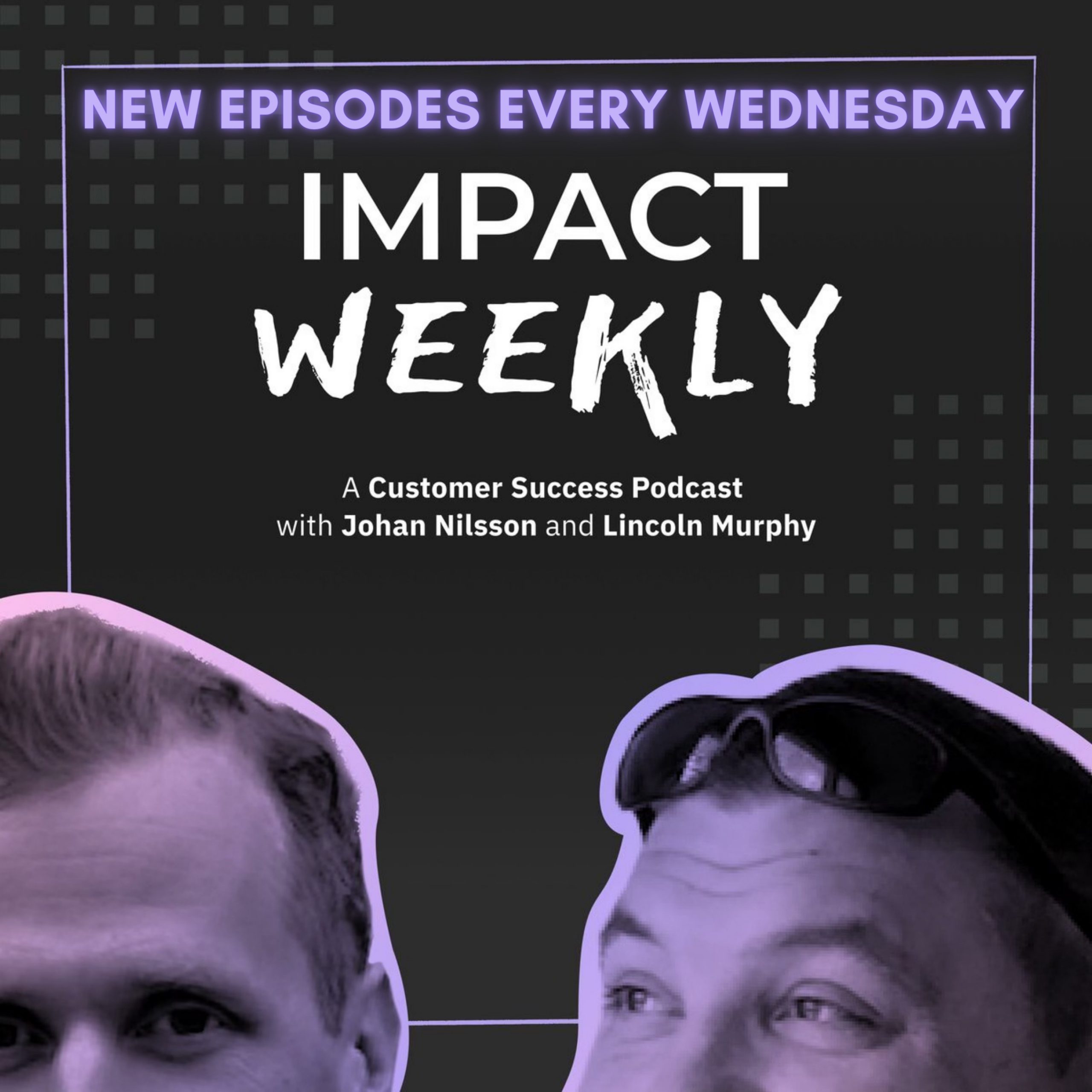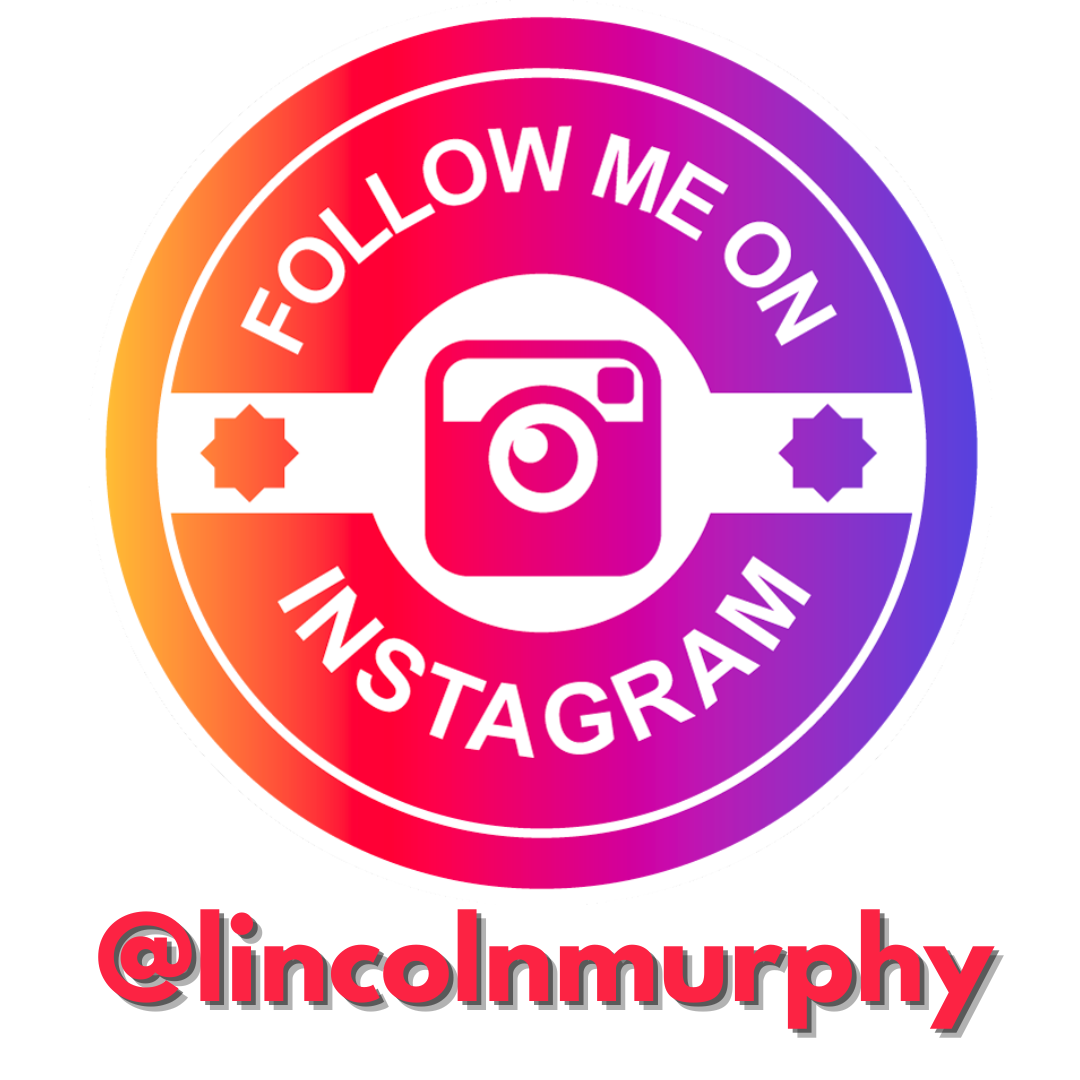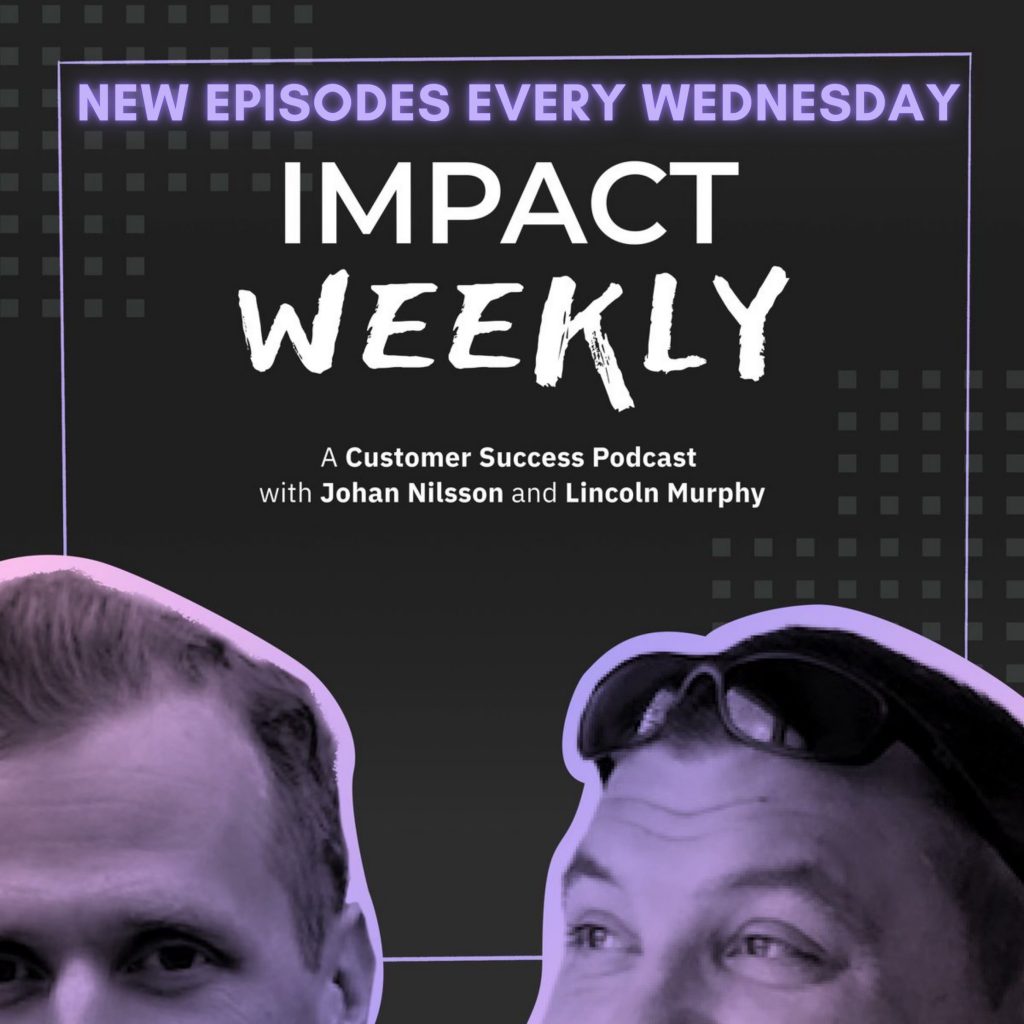
Customer Success is one of the most valuable concepts in business and is constantly evolving. The more contact the ideas and concepts underlying Customer Success have with customers, the more learning occurs and the more those things evolve.
This real(enough)-time feedback loop of process development –> customer contact –> learn –> iterate is powerful at the tactical level and bubbles up to cause a constant reimagining of what Customer Success is at the conceptual level.
Below is a list of the latest definitions of many of the core Customer Success concepts and terms, starting with higher-level ideas and moving down toward more actionable concepts.
Customer Success Defined: Table of Contents
- Customer Success
- Customer Success Management
- Desired Outcome Updated
- Goal
- Conditions Added
- Appropriate Experience (AX) Updated
- Coverage Model Added
- Relationship
- Interactions
- Context
- Account Ownership
- Progress Milestones Updated
- Orchestration
- Joint Accountability
- Success Gap
Customer Success
When our customer achieves their Desired Outcome through their Relationship with us, leading them to stay longer, buy more, and advocate for us.
Think of this as your Operating Philosophy. It’s not a belief system. It’s a business function. But this definition is what you can create a culture around. To take this to an operational level, you’ll want to see Customer Success Management.
The primary update here is replacing “through their interactions with our company” with “through their Relationship with us.” See my definition for what a Relationship is below.
Customer Success Management
Operating within the context of our Relationship with the customer, these are the People, Processes, Workflows, Data, and Systems used to move the customer toward their ever-evolving Desired Outcome
In contrast to the Operating Philosophy that is Customer Success, this is the Operating Model. Most of the time people are talking about Customer Success Management when they say Customer Success.
The main update here is the inclusion of Relationship and specifying the various components of Customer Success Management. The “ever-evolving Desired Outcome” is still the critical piece of this definition.
Desired Outcome – Updated
Goal + Appropriate Experience
Note the game-changing addition of Conditions to definition of a Goal.
Before that it was, “Required Outcome + AX” and over the last couple of years has morphed several times to end up with this very clean and easy to understand definition.
Goal
Objective + Conditions + Time Frame
I’ve never specifically defined what a Goal is before because – much like Relationship below – it seems so obvious. Except it’s not. Most people equate Goal with Objective, and omit the time element, which is critical. Without a timeframe, a goal is just a wish.
Remember, customers ALWAYS have a goal they’re trying to solve for. Even if you don’t have any more functional goals for them in-product, they still have goals – evolving, new, and stacked – so don’t lose sight of what really matters to them. It’s up to you to uncover those goals and help them achieve them. This requires a big shift in thinking, but it is transformative when you get there.
Conditions- Added
Specific qualities of the Goal that are essential to the feeling of success. If these are not met, even though the Goal was achieved, the customer will still feel unsuccessful.
Example: You’re a CRM vendor and your customer tells you they want to increase sales by $250k by the end of the 4th quarter. That’s a specific Goal (Objective + Time Frame). However, you ask them what would cause them to still feel unsuccessful even if they reached that Goal, and you learn that they need those customers to have an average ARR of $12k. If they reached that goal with fewer $50k customers or a ton of $500 customers they wouldn’t feel successful. Dig into why that matters to them so you can provide better guidance.
Appropriate Experience (AX)- Updated
Primarily the Interaction Content, Channel(s), and Cadence that a customer segment requires to “feel” successful.
The full AX includes everything the customer would need to experience to feel successful, but much is outside the scope of Customer Success’ control.
One thing to keep in mind with AX is the “Appropriate” part. There is no such thing as a “high-touch” or “tech-touch” customer. There is a customer for whom a certain experience – likely one that involves elements you’d see in both of those old-school “touch” level designations – is Appropriate.
Coverage Model – Added
How your Resources are Organized, Operationalized, and Mobilized to deliver your Customer’s Desired Outcome.
Resources include: Team, Playbooks, Tasks, Automation, Communication, Tech Stack, etc.
Relationship
Interactions + Context
Do we need to define what a Relationship is? Yes. Just like Goal above, it seems obvious, but it’s not.
All relationships exist on a spectrum between interaction-only and context-only; customer relationships generally fall somewhere in the middle.
Interaction-only Relationship Example: you and the bus driver. You see them every day, you say hello, but other than the bus, you have no real context to your relationship.
Context-only Relationship Example: you and a distant relative you never see. Your interactions are minimal and infrequent, but your family context makes this relationship significant to you.
Interactions
Interactions are,… just that. Interactions. To ensure interactions are effective and appropriate, consider:
- Context-driven
- See the definition of “Context” below
- What appears to be the same interaction might actually be quite different based on Context
- Direction
- Inbound – Reactive
- Customer contacts you because they need something. CSMs often spend too much time here; work to move beyond this.
- Think of this as treading water.
- Outbound – Reactive
- The CSM (or a different person or system) sees something – positive or negative – with the customer an initiates communication. CSMs should be spending much more time here than in Inbound-Reactive mode
- Think of this as pushing the customer toward success
- Outbound – Proactive
- World-class CSMs in high-performing organizations are able to actually get out in front of the customer, allowing for longer-term, strategic planning both with the customer but also at the account-level (expansion planning)
- Think of this as pulling the customer to the success you’ve clearly laid out for them
- Inbound – Reactive
- Interaction Types (a few examples; not exhaustive)
- 1:1 Meeting
- Async 1:1 or 1:Many Video
- Broadcast or Recorded 1:Many Video
- Chat
Context
All of the data that we can use to determine whether a customer is on the path toward success.
Examples include:
- Progress – Milestones
- Activity – Joint Accountability
- Usage – Product-centricity
- Changes – Team, Company, etc.
- Goals – Changes to current, pivot to new
- Contract – Renewal, Up/Downgrade, etc.
Account Ownership
Maintaining Context
Another thing I’ve never defined before, but it comes up so much, generally in the, “who owns the account?” discussion. But what does it actually mean? Now you know.
Progress Milestones – Updated
An action or event marking a significant change or stage in the customer’s journey toward their ever-evolving Desired Outcome
Progress Milestones come in four flavors:
- Functional – Actions taken in the product
- Operational – Actions supported / enabled by the product
- Tactical – Event supported by the Operational progress
- Strategic – Their Goal
Progress Milestones used to be called Success Milestones.
Orchestration
Properly managing expectations with customers that certain things are going to happen in the future and ensuring that when they do, they’re not just expected, but anticipated.
This is arguably the single most important thing on this list. Orchestration is critical to rapid, exponential expansion. It’s what my clients use to consistently get above 100% NRR (or NDR), but with CSMs that are not “salesy.” This is also what we use to build an Advocacy machine, operationalize Change Management, improve Adoption, and so much more.
Joint Accountability
The shared obligation or willingness to accept responsibility for each party’s actions leading to an outcome, including the consequences of inaction or insufficient action
There are four parts to Joint Accountability:
- What they need to do on their own outside of our product
- Exists in every scenario but is almost always a total blindspot for CSMs (often considered “out of scope”)
- What they need to do on their own inside of our product
- Most of what the customer does exists here
- What we’ll do with them inside the product or with their users
- I caution on spending too much time here. If you want your CSMs to be looked at as strategically valuable peers and not “glorified support reps” push as much work back to the customer as possible and use meetings to check work and plan next steps.
- World-class CS orgs position their CSMs better by shifting the value metric from “meetings” to progress
- What we’ll do for them inside the product behind the scenes
- Generally reserved for Professional Services, but might be included in Onboarding/Implementation
I said above that Orchestration is the single most important thing on this list, but Joint Accountability is right below it. See my definition for Customer Success above, but remember the second, secret goal of Customer Success: that if our customer’s don’t achieve their Desired Outcome, that they just don’t blame us.
That sounds cynical, but it’s actually all about Customer Success. See, if they blame us, they can write us off. They can say our product or service is terrible and just leave. But if they blame themselves – they know they didn’t hold up their end of the bargain – then maybe they’ll give us another chance and we can actually make them successful this time.
Success Gap
The gap that exists between your customer functionally completing the tasks necessary in your product to be “successful” from your point of view as the vendor and them actually achieving their Desired Outcome.
Success Gap Example: an email marketing platform product where the customer uploads a list, writes an email, and sends the email but fails to get people to attend their event. Functionally, they were “successful” – they did all the “right” things – but they didn’t actually achieve their objective.
My clients already know all of this. I also cover all of this – and of course so much more – in detail in my training programs.




